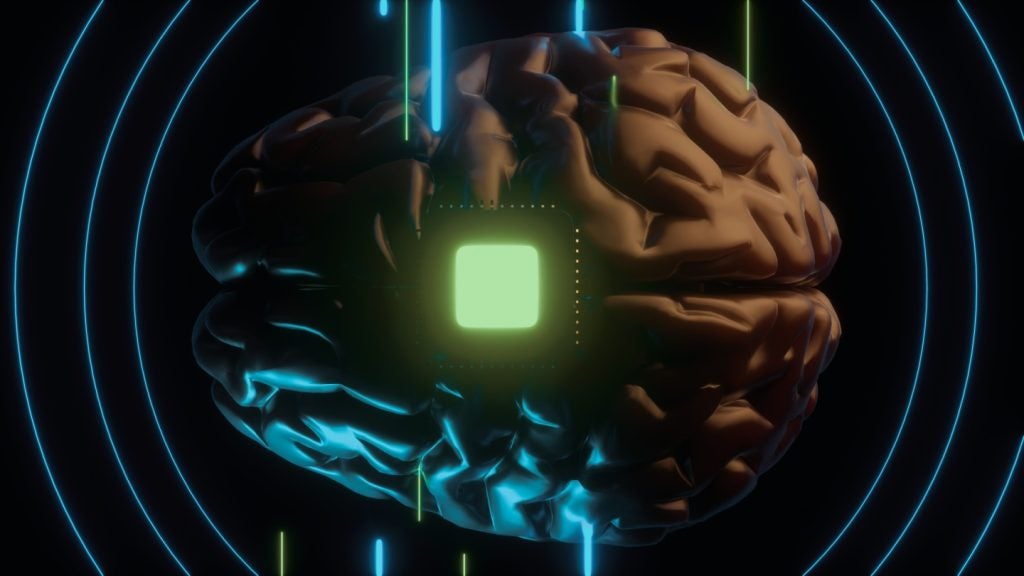
Google is currently leading a technology community that has moved away from a mobile-first strategy to one characterized by artificial intelligence interactions, regardless of device. The general idea is to create AI experiences that then become the enabler of monetization, locking users into platforms that will allow them to do everything from easily discovering information to making transactions.
The hope for the future is that AI mechanisms will learn our preferences, wants, and needs before we do and make useful suggestions and transactions. Third-party business partners will be able to engage directly with consumers to harness the commercial conversation and drive it to a sale or increase advertising revenue.
We aren’t there yet. Although AI assistants like Google Assistant and Alexa are getting smarter, they still are largely relegated to answering simple inquiries such as accessing calendars, setting timers, and playing music.
Google ups the ante on conversational language
Google has been working aggressively to create smarter conversational language capabilities to increase the scope and capabilities of AI-powered products and services. As such, Google introduced LaMDA, a conversational language model build on the search giant’s neural network architecture known as Transformer. While other language models are trained to answer queries, LaMDA is trained on dialogue and is designed to engage in free-flowing conversations.
During its Google I/O event in May, Google offered up a demonstration of LaMDA acting as the planet Pluto and a paper airplane, which were akin to talking to a human. While impressive, LaMDA is still in development and is a long way away from understanding the complexity of human language. The real test of the platform will come when it gets into the hands of the general consumer, but the eventual goal is to create a conversational interface that allows users to obtain any kind of information—text, visual, and audio—across all of Google’s offerings by simply asking.
Competition will lead to artificial intelligence breakthroughs
The race is on to develop more advanced conversational artificial intelligence platforms. Some of the highest-profile language models include OpenAI’s GPT-2 and GPT-3, which are also generating impressive information. Microsoft exclusively licenses GPT-3 to incorporate into products it has yet to announce.
How well do you really know your competitors?
Access the most comprehensive Company Profiles on the market, powered by GlobalData. Save hours of research. Gain competitive edge.

Thank you!
Your download email will arrive shortly
Not ready to buy yet? Download a free sample
We are confident about the unique quality of our Company Profiles. However, we want you to make the most beneficial decision for your business, so we offer a free sample that you can download by submitting the below form
By GlobalDataFacebook recently announced what it calls a major breakthrough in speech recognition and learning. The social media company said it has built a type of speech technology that isn’t reliant on speech translation to recognize speech. Rather than humans transcribing sets of data, Facebook says its new unsupervised system learns directly from audio recordings of human speech.
Facebook’s new speech model is named Wave2vec-U, and is currently in testing with the hope that the new model will replace the current supervised model in a few years’ time. To accelerate development Facebook has made the code for Wav2vec-U available on GitHub.








Related Company Profiles
Microsoft Corp
Meta Platforms Inc
Google LLC